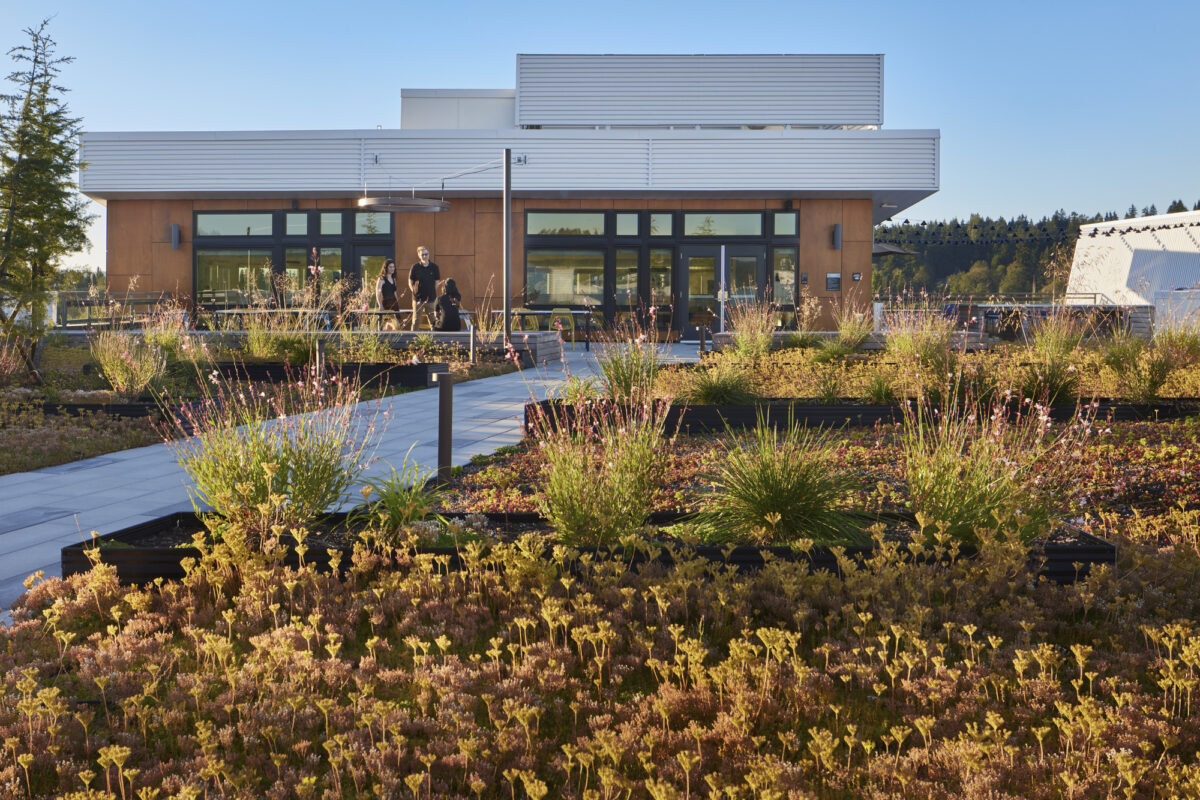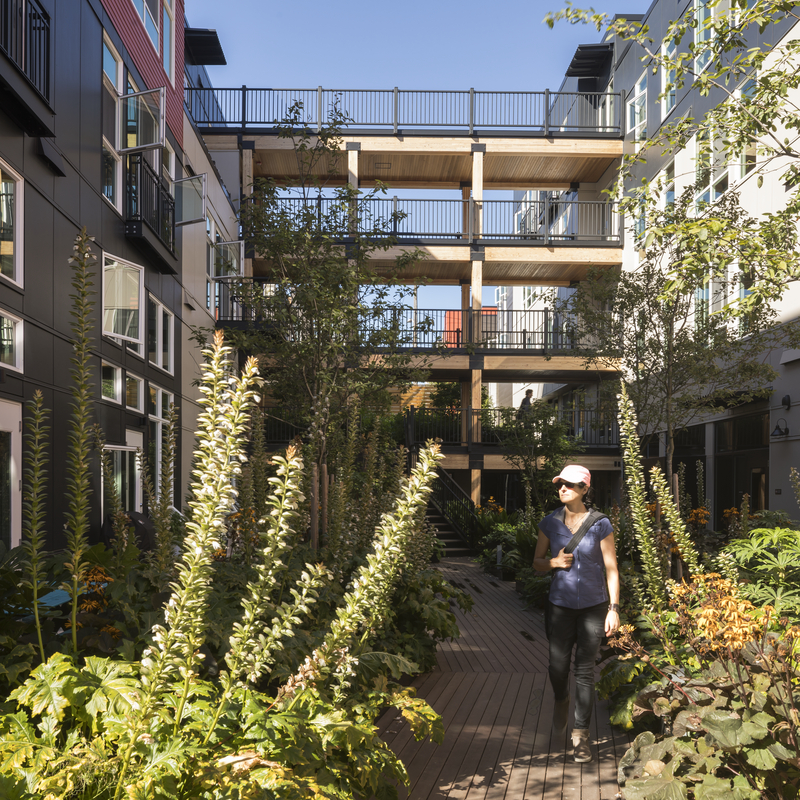Recent Report Shows Building Decarbonization Successes
May 25, 2023 / Architect
May 25, 2023 / Architect

The building sector has grown alongside energy sector consumption and CO2 emissions since the Industrial Revolution. Each year, we add billions of square feet in building stock, and those buildings needed energy.
Understanding the outsize contribution that buildings and the built environment make to greenhouse gas emissions—building materials, construction, and sitework can account for as much as 50% of the carbon footprint of new buildings over their lifespan—158 of the 196 parties to the Paris Agreement now include buildings in their emissions reduction targets. Fortunately, new design, planning strategies, and calculation tools—such as EC3, Carbon Smart Materials Palette, Pathfinder, Tally, CARE Tool, EPIC, and One Click LCA—are gaining popularity.

The places and spaces we design will be climate positive by 2030. The beautiful spaces GGLO designs will withstand the test of time with a better than net zero embodied and operational carbon content to contribute back to the environment. As an early signatory to the AIA 2030 Commitment, we have implemented sustainable design practices towards this goal since 2010, with deeper roots in sustainable design since our founding.
Healthy communities also means designing with healthy and low toxic interior and exterior materials and systems for the benefit of users, builders, and beneficiaries of those spaces and places. We continue to research review, measure, adopt and improve performance-based design practices rooted in data. We are committed to creating healthy communities for all.